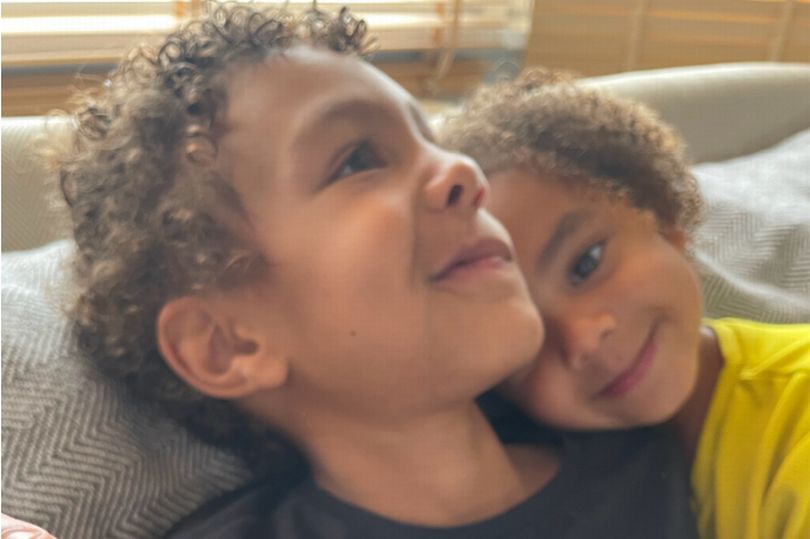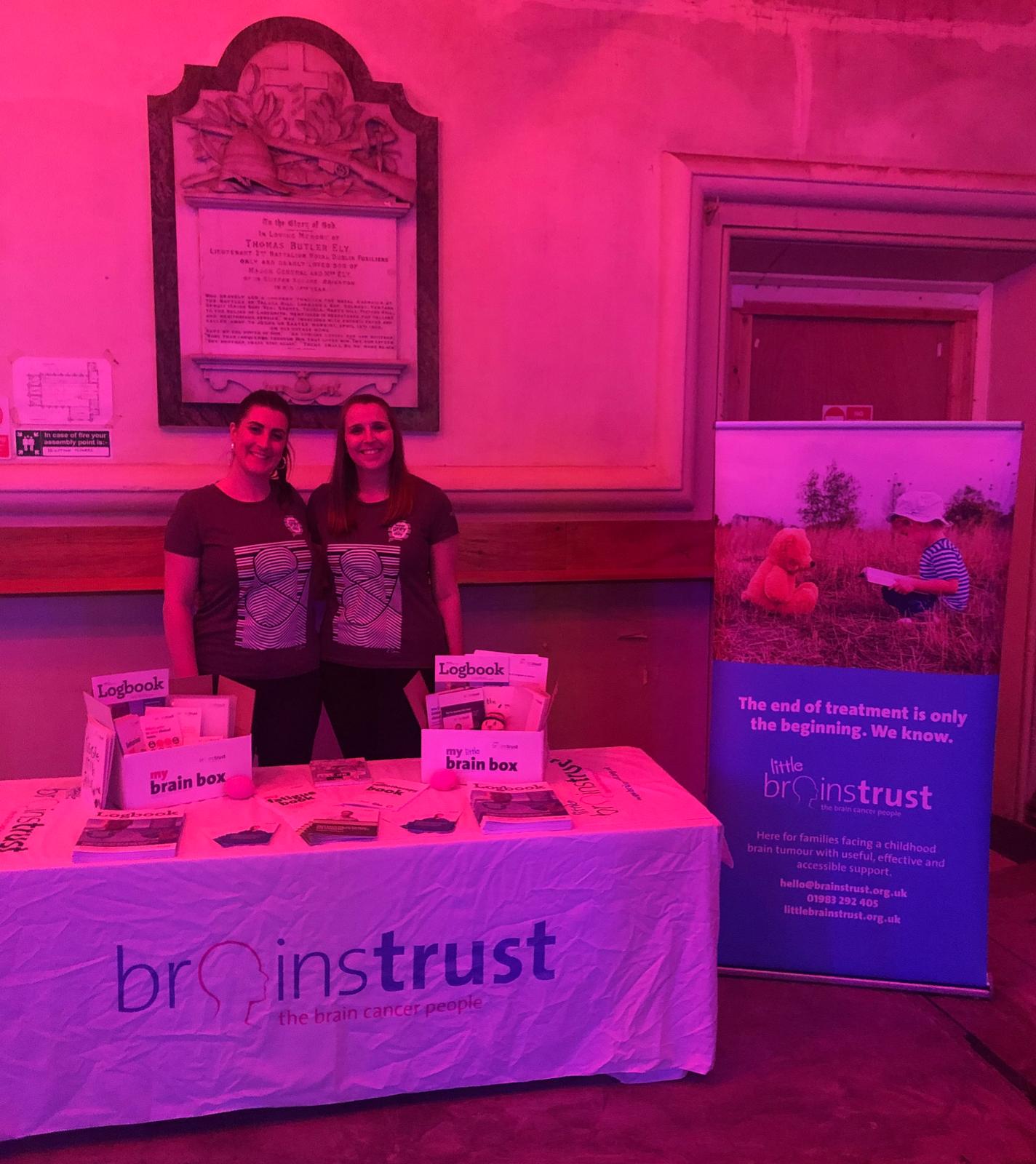Marking the 1st anniversary of Ravi’s brain surgery, a stellar cast of internationally acclaimed musicians and celebrities have gathered in a charity music video to raise money for children with brain tumours. The single is raising vital funds to support the brain tumour community, and we are so grateful that Ravi has chosen to donate proceeds to brainstrust as a part of his dream.
Ravi’s story
Like many 7 year olds, Ravi Adelekan is a young boy with A Million Dreams. However, in September 2021 his dreams were interrupted by the news that he had a benign tumour in his brain stem. Following ten hours of surgery, Ravi started his journey to learn to walk and feed himself again. He was determined to return to his passions of playing tennis, football, music and maths as soon as possible, smiling and joking through each day.
The surgeons were not able to remove the whole tumour, and Ravi lives with its effects every day. He still lives his life to the maximum with bravery, fun and inspirational strength.
brainstrust and The Brain Tumour Charity have both had a huge impact on Ravi and provided invaluable support in his aftercare following the surgery. To mark the first anniversary of his operation, with the help of his Dad, Gbenga (Mercury Prize nominated Metronomy’s bass player) and introduced by the Director of The Greatest Showman, Michael Gracey and cast member Hugh Jackman, Ravi has gathered together world renowned celebrities and musicians to produce a music video and raise money for the two charities that are close to his heart.
“I love songs and music, and I think this song is a special song because it’s about your dreams coming true, just like I dream that having a brain tumour doesn’t mean you can do anything less than other people” – Ravi
A Million Dreams
The multi-talented Adelekan family (including Grammy Award-winning uncle Synematik) are producing and performing a version of the song A Million Dreams from The Greatest Showman. The song and video feature Ravi, his family and friends alongside global musicians and celebrities, including Coldplay, Bastille, Damon Albarn, Paloma Faith, Mary Berry, Metronomy, Leandro Trossard, Björn Ulvaeus (ABBA), Sarah Hunter, The Big Moon, De La Soul, Jake Jarman, Courtney Tulloch and Heather Watson who all contribute to Ravi’s Dream. The video aims to raise awareness of the impact of brain tumours and offers an insight into how funding can truly transform the recovery process of those affected. While we don’t know what the future holds for Ravi, his vision is clear: a future where tumours like his could be treated without the type of major surgery he went through. He would also love for the incredible medical care and support he received at King’s College London to be available everywhere.
You can watch Ravi’s music video here.
Helping make the world a better place for people with a brain tumour
We are so grateful that Ravi has chosen to support brainstrust with his charity single. On 17th November 2022, we were lucky enough to be invited to the launch of Ravi’s charity single. It was a privilege to be at the launch party, where we gave a speech on brainstrust, the work we do and how Ravi’s Dream is helping us make a difference. It was a wonderful evening filled with love, talent and inspiration, and we can’t wait for the world to listen to Ravi’s song.
“At brainstrust we’re all over the moon that Ravi and his family have chosen to support our community with their charity record. The money raised by Ravi’s charity record will make sure we are there for the people who need us. Every penny will allow us to be there for people feeling afraid and alone after a brain tumour diagnosis. We are incredibly grateful to Ravi and his family for their support, and to everyone who listens to this song for helping raise vital funds and awareness.” Steph Coffey Senior Fundraising Officer
If you would like to donate to Ravi’s dream, you can do so here. If you want to find out more about our impact and how this fundraising will help us make a difference, visit our impact page.
Accessing brainstrust support
If you or someone you love has been diagnosed with a brain tumour we are here for you, no matter what. Simply call 01983 292 405 or email hello@brainstrust.org.uk to speech to one of our dedicated support specialists.
There is also a whole host of information and resources on our website:
- Click here to visit our hub for people diagnosed with a brain tumour.
- Click here to visit our hub for caregivers.
- Click here to visit our little brainstrust site for families with a childhood brain tumour.
By signing up to our mailing list, you will receive all the latest news, events and resources straight to your inbox – helping make sure you are as well resourced and as informed as possible.













